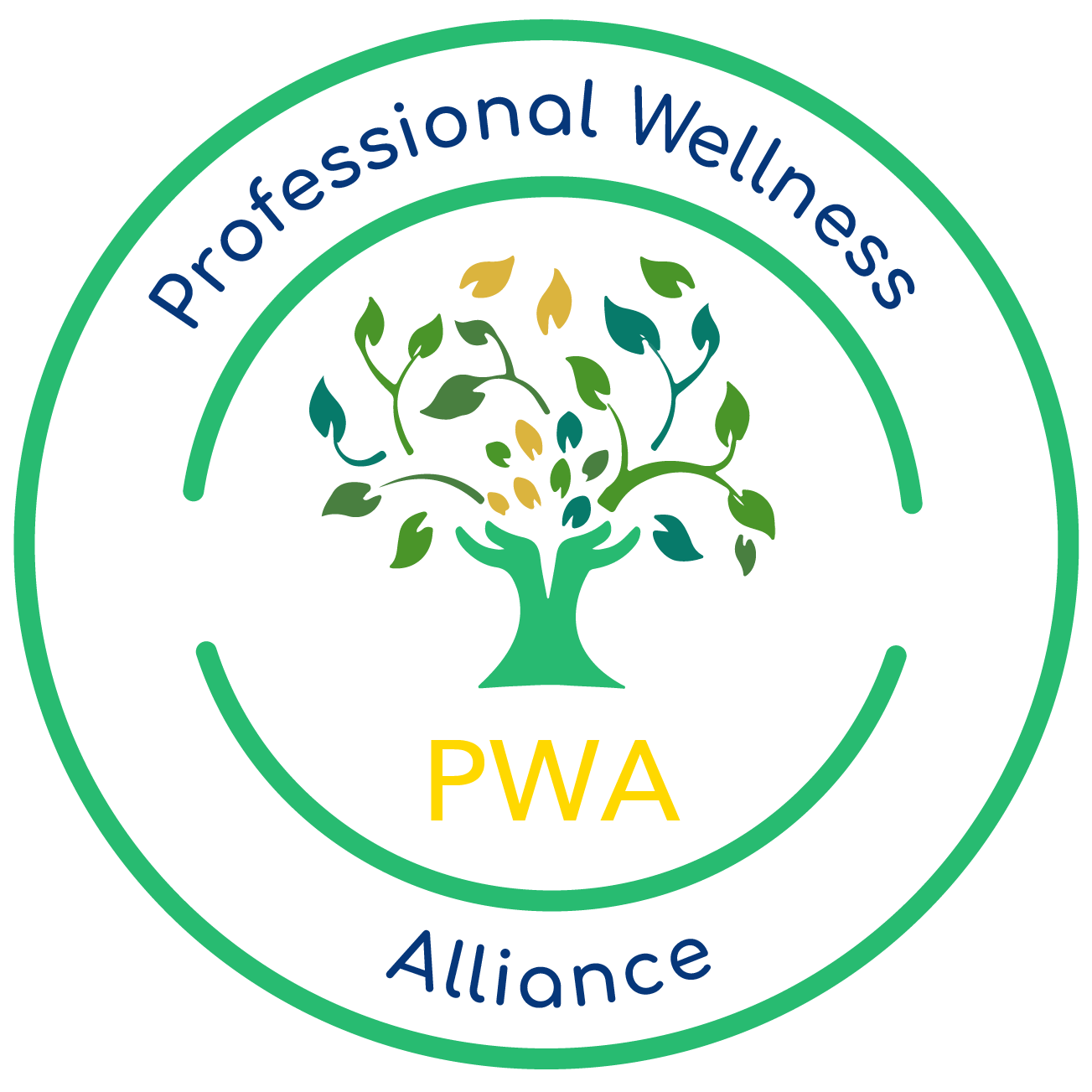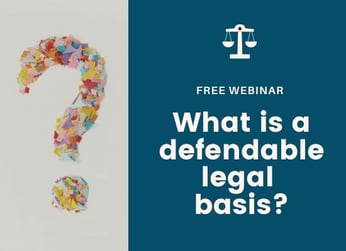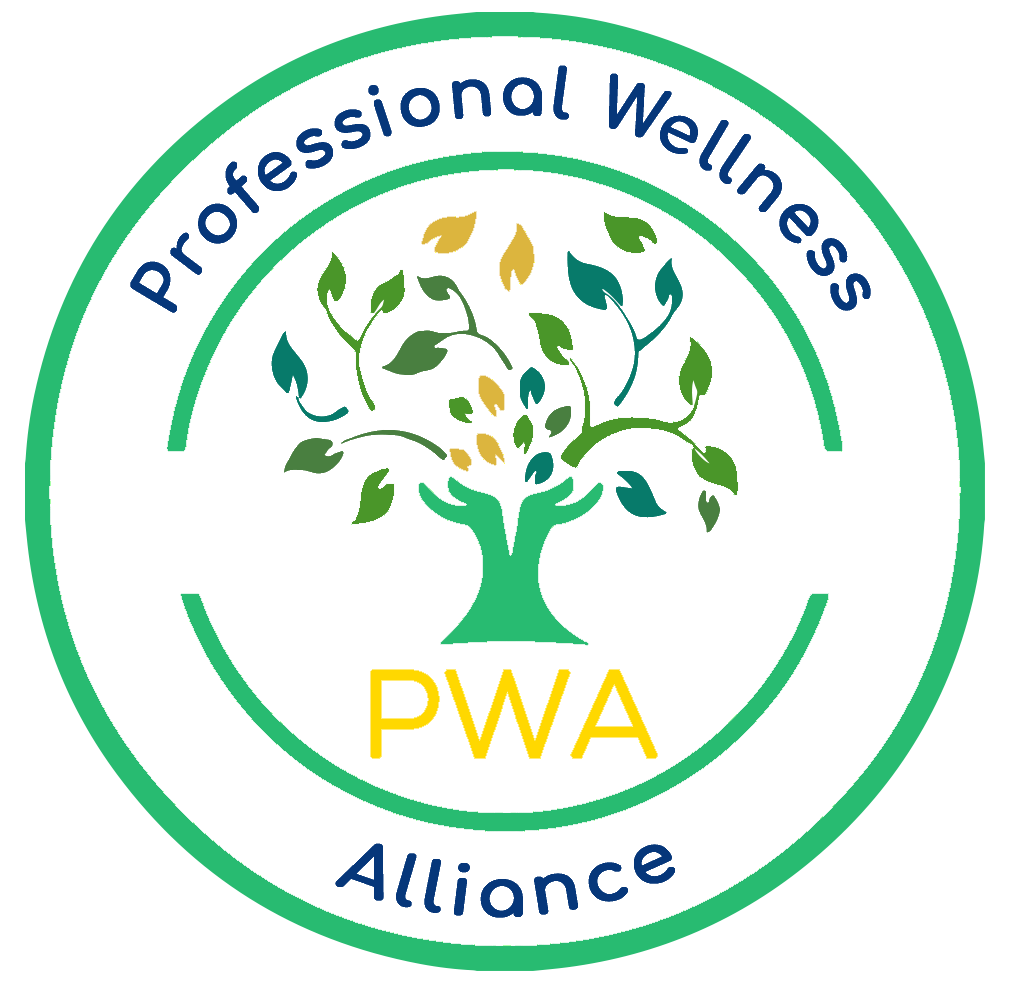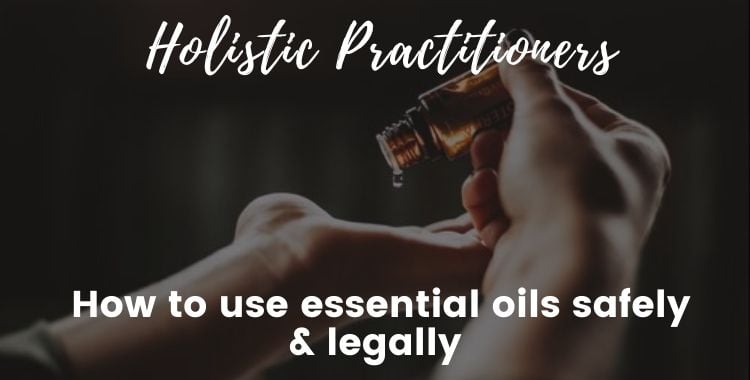As a massage therapist, you might be interested in adding or may already be incorporating holistic services such as raindrop therapy and reiki into your existing state-licensed practice. It is important to know how you can do so safely and legally, to protect yourself and your massage business from financial and legal troubles.
Why offer Raindrop Therapy and Reiki?
Demand for integrative therapies such as raindrop massage and reiki massage is on the rise as more people explore natural solutions to address stress, anxiety and chronic health conditions. Raindrop therapy (an essential oil “drop technique”) and reiki (a Japanese energy healing system) can add an additional dimension to your massage practice.
Offering these specialties can enhance your massage services, draw in new clients, and give your existing clients greater satisfaction on their path towards mental, physical, and emotional health.

What is Raindrop Therapy?
The Raindrop Technique is a proprietary technique of the Young Living™ essential oil company. It was developed in the 1980s by Young Living CEO and Founder Gary Young, who says the practice is inspired by a Native American ritual within the Lakota tradition.
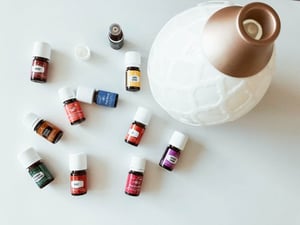 Raindrop therapy combines massage, reflexology, and aromatherapy through the layered application of specific essential oils and blends to the feet and back. The sequence involves light massage techniques such as feather stroking and activates reflexology pressure points.
Raindrop therapy combines massage, reflexology, and aromatherapy through the layered application of specific essential oils and blends to the feet and back. The sequence involves light massage techniques such as feather stroking and activates reflexology pressure points.
A key component of a raindrop therapy massage, and the origin of the “raindrop” nomenclature, is the dropping of a specific sequence of undiluted essential oils six inches above the back, directly onto the spine.
The Young Living essential oils and blends for this technique are:
- Young Living Valor II (blend)
- Oregano
- Thyme
- Basil
- Cypress
- Wintergreen
- Marjoram
- Young Living Aroma Siez (blend)
- Peppermint
A similar layered essential oil technique called AromaTouch was developed by doTERRA® essential oil company and one of its founders, Dr. David Hill. Their technique also involves a specific series of single oils and blends  applied to the back and feet, but without the signature “raindrop” application.
applied to the back and feet, but without the signature “raindrop” application.
The aim of this technique is to take advantage of the aromatic profile and positive benefits of the selected essential oils. The theory is that on a conscious or unconscious level, the aromas of these oils influence mood, emotions, and memory by connecting directly with the limbic system of the brain.
The doTERRA essential oils and blends for this technique are:
- DoTerra Balance (blend)
- Lavender
- Melaleuca
- On Guard (blend)
- DoTerra AromaTouch (blend)
- DoTerra Deep Blue (blend)
- Wild Orange & Peppermint
Pros and Cons of Raindrop Therapy
Pros
Proponents of the raindrop technique believe that it can increase energy, facilitate emotional release, boost immunity, relieve pain, reduce inflammation, detoxify body systems, and improve circulation. Some facilitators of raindrop technique state that the therapy can realign the spine without physical manipulation and clear blockages in the energy centers of the body.
Advocates of the technique say that the direct, undiluted application of the oils to the skin speeds the absorption into the bloodstream and accelerates the therapeutic process on a cellular level. The series of essential oils layered in a single session stimulate the body’s physical and energetic systems, releasing toxins and negative emotions while promoting feelings of rejuvenation, relaxation, and focus.
Raindrop facilitators draw support from the theory that pathogens lie dormant in the spinal column and attack the body when the immune system is weakened. Following this premise, raindrop therapy helps the body to eliminate viruses and bacteria naturally by creating an environment that is inhospitable to infectious agents.
Cons
Raindrop, Aromatouch and similar essential oil drop or layering techniques have been criticized by multiple aromatherapy professional organizations for overstating their purported health benefits and for downplaying the risks of using multiple essential oils neat (undiluted) directly to the skin, against standard dilution guidelines.
The use of essential oils undiluted without a carrier oil can increase the risk of dermal irritation and cause adverse skin reactions, allergies, and sensitivities. Concerns for public health include the possible harmful effects of the application of undiluted oils on people with allergies, asthma, heart disease, compromised liver or kidney function, or people who take blood thinning medication. Most aromatherapists advise against using too many different oils simultaneously and urge extra caution for specific groups such as infants, children, pregnant or breastfeeding women.
What is Reiki?
Reiki is a Japanese energy healing art that is gaining acceptance in integrative health and increasing in popularity across the country. Energy healing and “laying of hands” have been used throughout the world for thousands of years to promote physical, mental, and spiritual balance. Reiki is considered a non-invasive technique that involves lightly placing the hands in certain positions on the body to channel healing energy. It can also be experienced without physical touch.
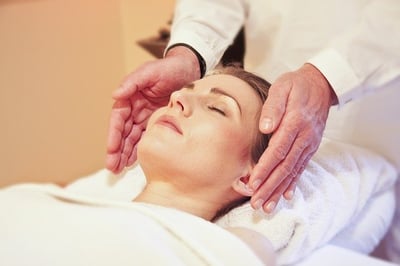
Japanese-born Mikao Usui is credited with the creation or “rediscovery” of reiki in the 1920s. The Japanese word reiki means “spiritual chi,” combining the word “rei” which means spirit and “ki,” which refers to life force energy. Usui passed his training on to a generation of reiki teachers who eventually brought the therapy to the West, where it continues to grow.
Today you can get a reiki certification through a reiki school online or in-person. There are usually multiple levels from beginner to intermediate, eventually leading to the highest level of reiki master. Introductory courses can be as short as a few days, while mastery can require years of study.
Although massage and reiki are two different modalities, the two have been combined into a complementary therapy known as reiki massage. Because reiki includes light placement of hands without pressure, it can be a pleasant and harmonizing complement to almost any type of massage.
Pros and Cons of Reiki
Pros
Proponents of reiki believe that it is subtle, yet powerful energy therapy and spiritual practice that can restore mental, physical, emotional and spiritual balance.
Benefits of reiki include:
- Increasing clarity and focus
- Replacing negative thought patterns with positive ones
- Promoting balance and relaxation
- Supporting the body’s natural healing process
- Relieving pain
Cons
Reiki has few potential negative side effects. Some people report experiencing temporary symptoms such as fatigue or lightheadedness after a reiki session. Critics argue that the benefits of reiki are often overstated and could be attributed to the placebo effect. Public health concerns are that people might substitute reiki for conventional medical care.
How can I Legally use Raindrop Therapy & Reiki as a Massage Therapist?
As a state-licensed massage therapist, you are limited by your license 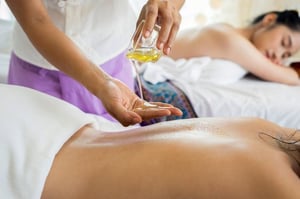 parameters as to what you can and cannot do. It is important that as a holistic health practitioner you offer your services legally.
parameters as to what you can and cannot do. It is important that as a holistic health practitioner you offer your services legally.
Across the United States, state regulatory boards are cracking down on massage therapists who are offering services beyond the scope of their state license. The legality of raindrop therapy and reiki and whether you are covered under your license depends on your specific state’s regulations and laws.
If you’re providing additional services like reiki or raindrop therapy, your license won’t necessarily cover you for these modalities, leaving you at risk of significant legal and financial consequences. This can include a cease-and-desist order from the state that could easily shut down your business and entangle you in a financially and emotionally draining legal battle.
It is vital to protect yourself and your business with a solid, defendable legal basis like that provided by the Professional Wellness Alliance. The PWA License Program provides you with a safe, legal environment to introduce clients to health building resources, such as reiki massage and raindrop therapy.
If you’re not sure, take the “Is My Holistic Business Legal?” quiz to find out immediately if you’re operating your business legally.
How can I Promote Raindrop Therapy & Reiki as a Massage Therapist?
Once you have a solid legal basis and proper training, there are many ways to promote raindrop therapy and reiki within your massage practice including marketing, social media and online directories.
Becoming a member of the Professional Wellness Alliance (PWA) will allow you to be listed on the PWA Directory where you can be easily found by potential clients.
The PWA has been leading the movement to protect holistic health practitioners and massage therapists from like you for more than two decades. Not only is the PWA your best defense against state board crackdowns, you can also become a part of a growing community of wellness professionals joining forces to protect holistic health across the nation.
.png?width=350&height=350&name=professional-wellness-alliance-logo%20(2).png)
